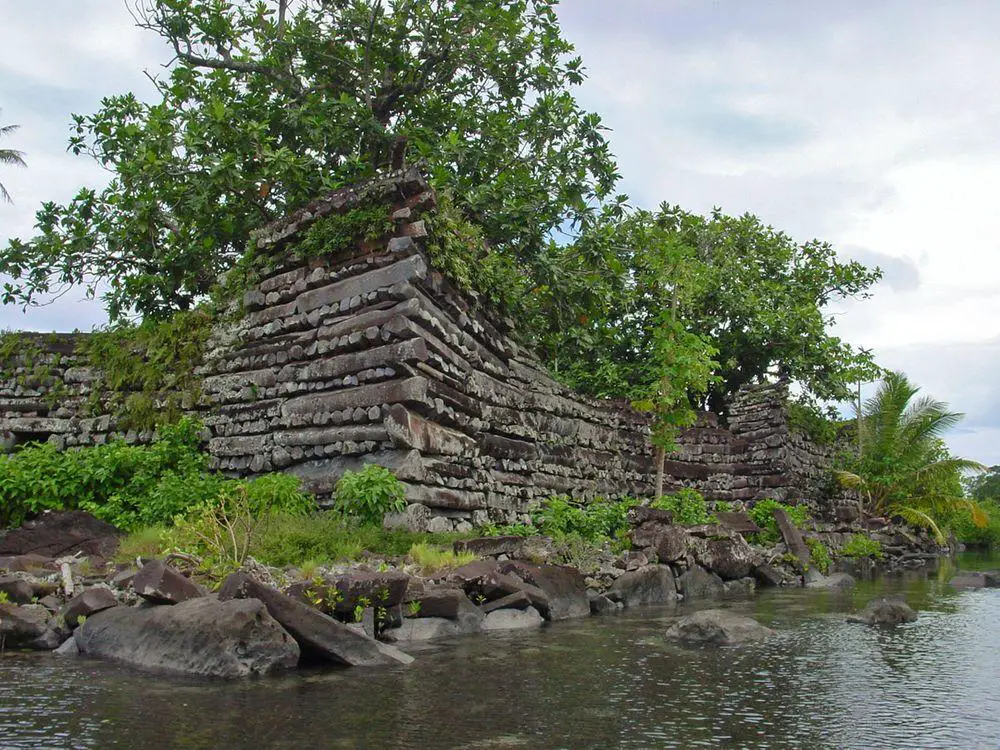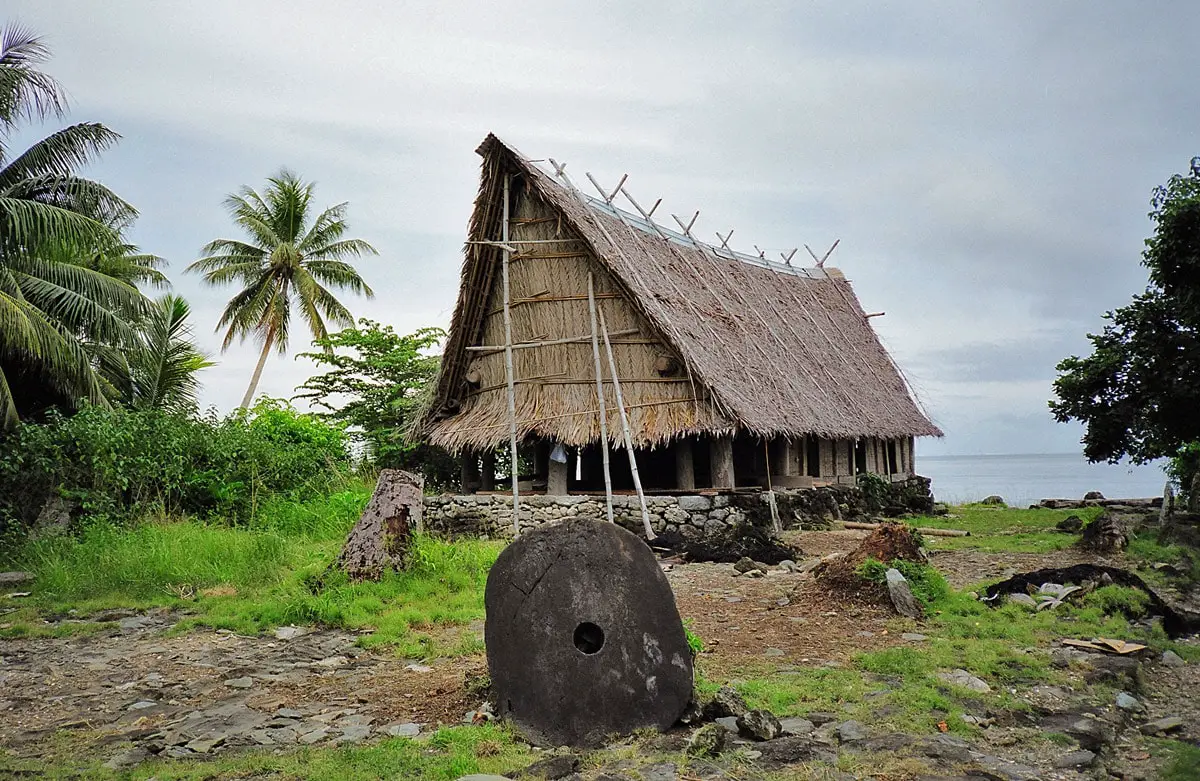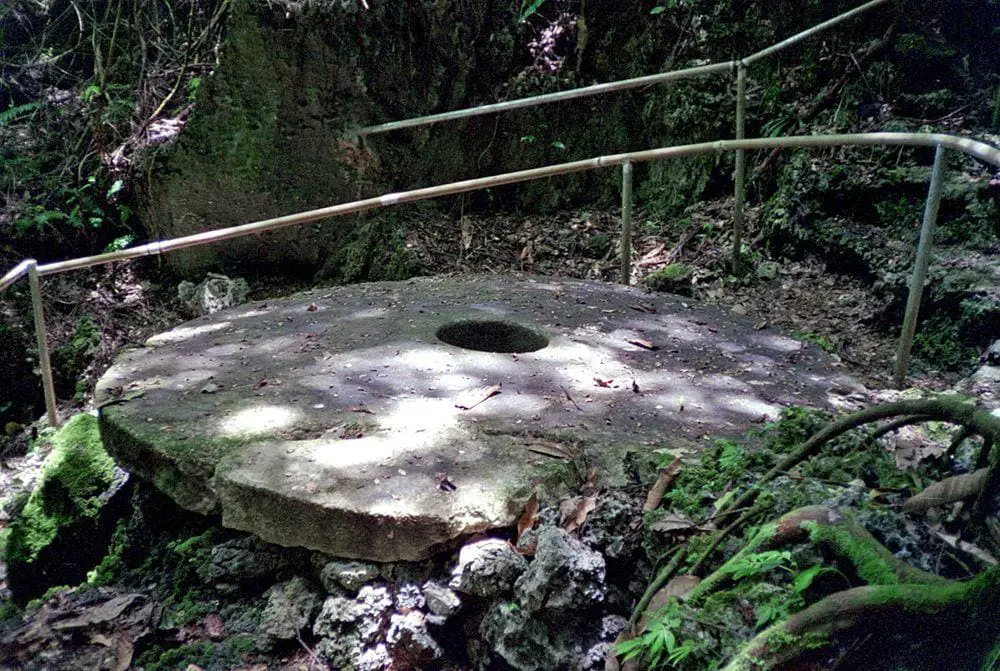Wondermondo 🢖 World 🢖 Wonders of Australia and Oceania 🢖 Wonders of Micronesia
Territory
Wonders of Micronesia
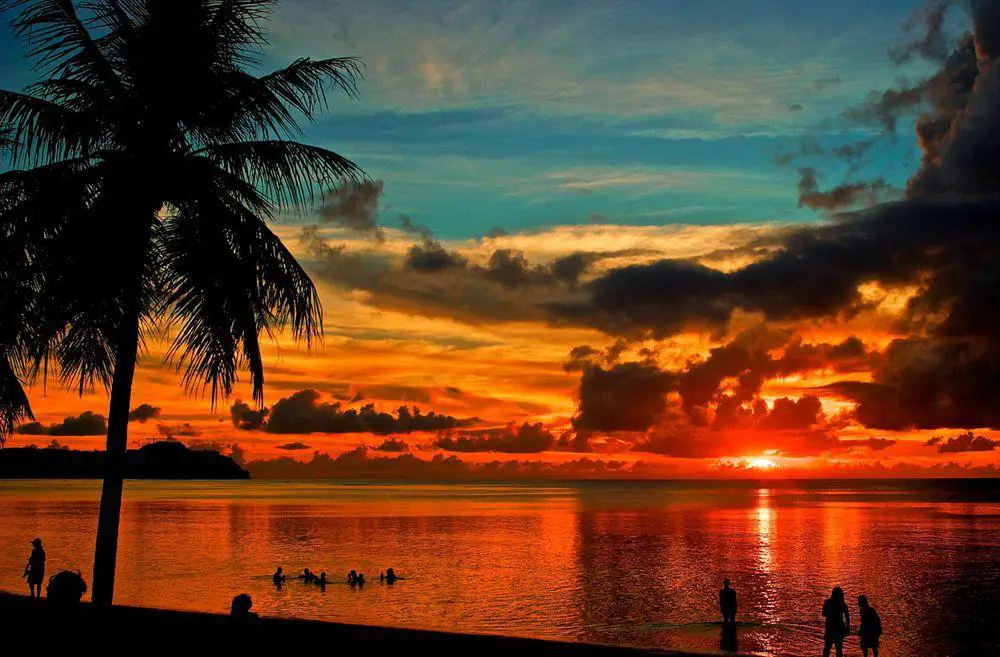
 Highlights
Highlights
Micronesia consists of a huge number of scattered, small islands. Many are low-lying atolls, but several islands offer true mountain scenery and are covered with rainforests. In the Northern Mariana Islands are located several exotic volcanoes which are covered with lush, primeval forest.
The most amazing wonders of Micronesia are:
- Archaeological monuments. The structures built by local cultures are found even on small, primeval and very remote islands and local archaeological heritage offers quite a few mysteries, including paintings of star maps and burials of dwarf people.
- Ecosystems. Some ecosystems in Micronesia have no analogs. The small Jellyfish Lake might contain up to 31 million endemic jellyfish, the largest mollusks in the world form dense colonies in Kanton and Orona Lagoons and mountaintops of some islands are covered with the lower elevation cloud forest in the world.
Map with the described wonders
If you see this after your page is loaded completely, leafletJS files are missing.
 Top 25 wonders of Micronesia
Top 25 wonders of Micronesia
Geological wonders
Rock Islands (Palau)
Palau
More than 200 amazing small limestone islands, often mushroom-shaped and covered with lush tropical vegetation. Unique landscape element, especially when looking from the air.
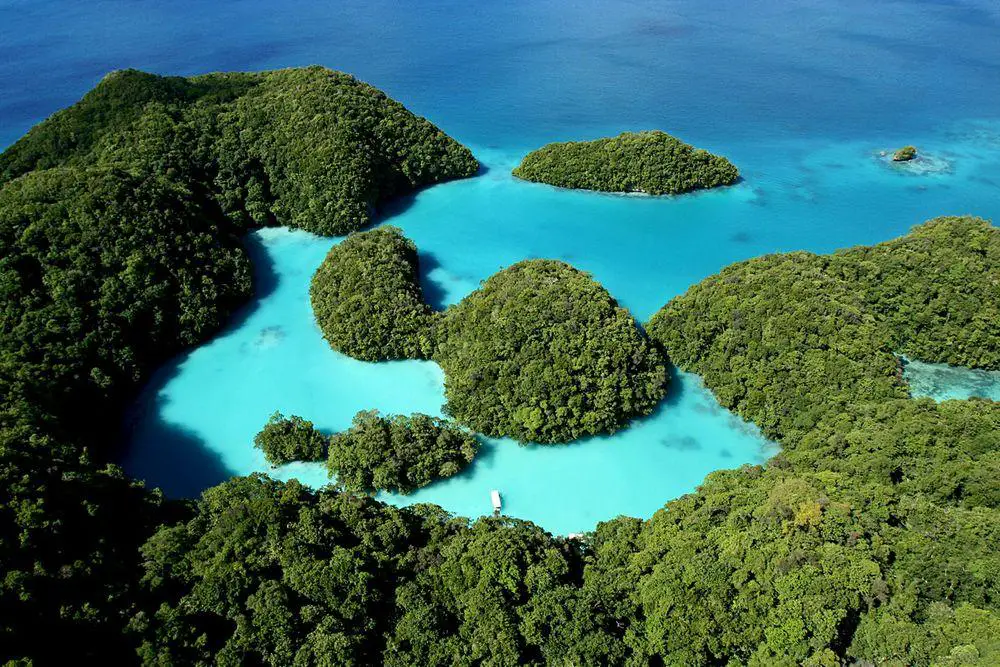
Daikoku Sulfur Cauldron
Northern Mariana Islands (United States)
A unique pool of liquid sulfur at the summit of a submarine volcano, one of the few in the world.
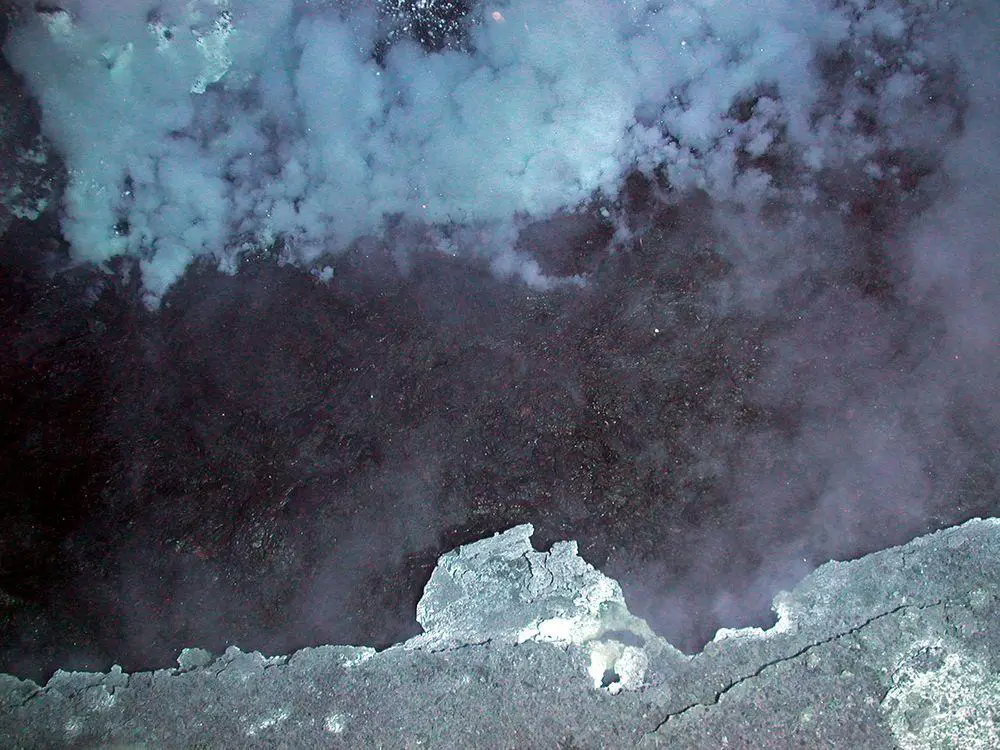
Agrihan fumarole field
Northern Mariana Islands (United States)
Approximately 100 x 100 m large fumarole field in the exotic crater of Agrihan.
East Diamante Volcano Black Forest
Northern Mariana Islands (United States)
Submarine volcano between Anatahan and Saipan. A group of more than 50 sulfide mineral chimneys that emit a metal-rich, hot solution. The tallest chimneys are up to 9 m tall.
Asuncion Island
Northern Mariana Islands (United States)
Several volcanoes of the Mariana Islands look like almost perfect cones but Asuncion could be the most impressive one. The volcano is rising 857 m tall above the sea and is covered with primeval vegetation. Island has fumaroles.
Farallon de Pajaros volcano
Northern Mariana Islands (United States)
The most active volcano in the Marianas. This remote island has fumarole fields with a temperature of gases up to 130°C.
Yikrel a Bub (Blue Holes, The Temple of Doom)
Palau
These unusual monuments of nature were created at times when the sea level was considerably lower. Four deep holes in 1 – 2 meters deep seabed unite in an enormous underground hollow 40 meters below. Cave has two more openings to the side – through the submerged ancient sea cliff. Impressive blue light rays enter through the holes in the cave.
Togari Natural Arch
Northern Mariana Islands (United States)
Togari Rock is an island with an enormous natural arch.
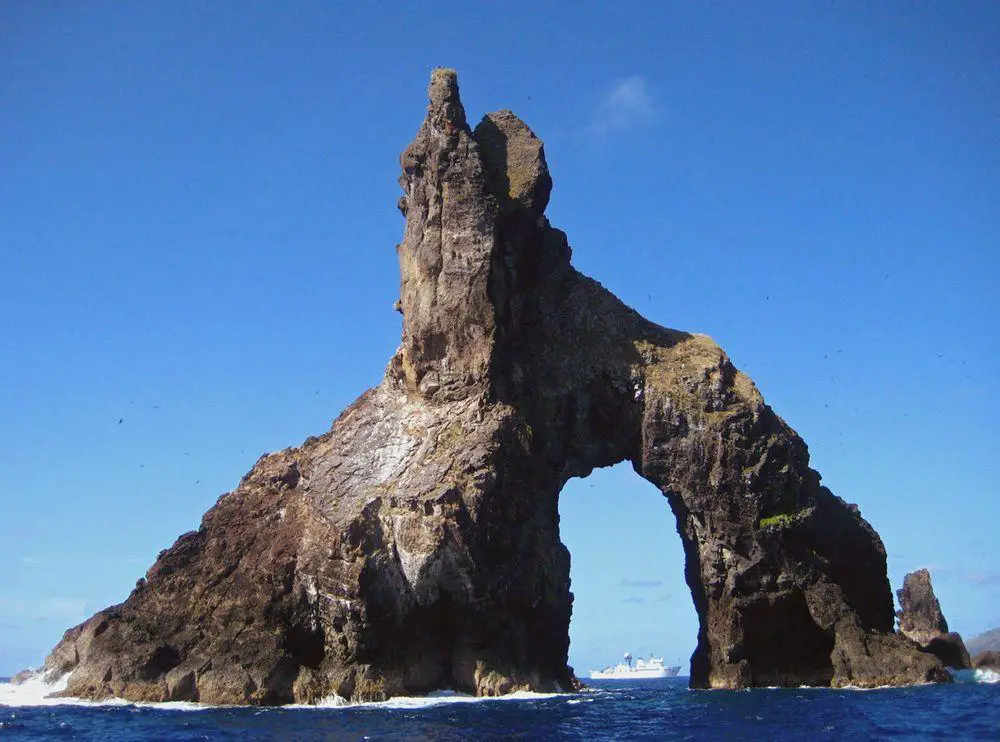
Biological wonders
Jellyfish Lake (Ongeim’l Tketau)
Palau
A unique marine lake with an area of 5.0 ha, has an underground connection to the sea. Stratified in two layers that do not mix. Isolated from the sea for 12,000 years and contains a distinct population of two species of jellyfish – endemic Mastigias cf. papua etpisoni and most likely endemic Aurelia sp. Millions of these jellyfishes make strict daily migration around the lake. Four more marine lakes with jellyfish on the nearby islands but Jellyfish Lake is the only one open to tourists. The number of jellyfish has reached up to 31 million (January 2005), currently some 5 million.
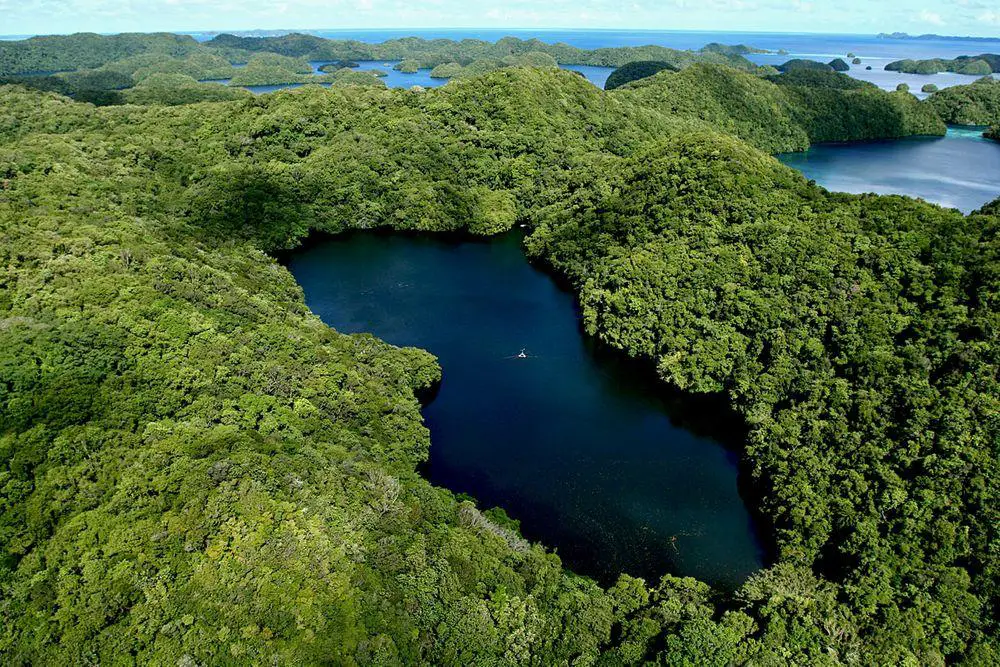
Kosrae montane cloud forest
Federated States of Micronesia
One of the lower elevation cloud forests in the world, starting already at the height of 450 m. Contains numerous endemic species of plants and animals found only here.
McKean Island
Kiribati
85 000 lesser frigatebirds (Fregata ariel) live on this small (57 ha) island. This is the largest nesting population of these birds in the world. Island has a hypersaline lagoon.
Sacred Lasialap Eel Pond (Pwuodoi Eel Pond)
Federated States of Micronesia
A site with a unique tradition – a pond where large, tame eels live. It is forbidden to harm these fishes and tourists can admire how some local people call the eels and keep them in hands.
Uet era Ngermeuangel
Palau
Marine lake (4.3 ha) with its own subspecies of jellyfish Mastigias cf. papua remeliiki and Moon Jellyfish Aurelia sp.
Forest at the foot of Mt. Ngerchelchuus
Palau
An ancient, largest forest in Palau with enormous trees, an important habitat for endemic Palauan birds.
Kanton Lagoon and Orona Lagoon
Kiribati
Spectacular communities of giant clams – the largest bivalve mollusks in the world. Such dense communities of these rare mollusks are unique in the world.
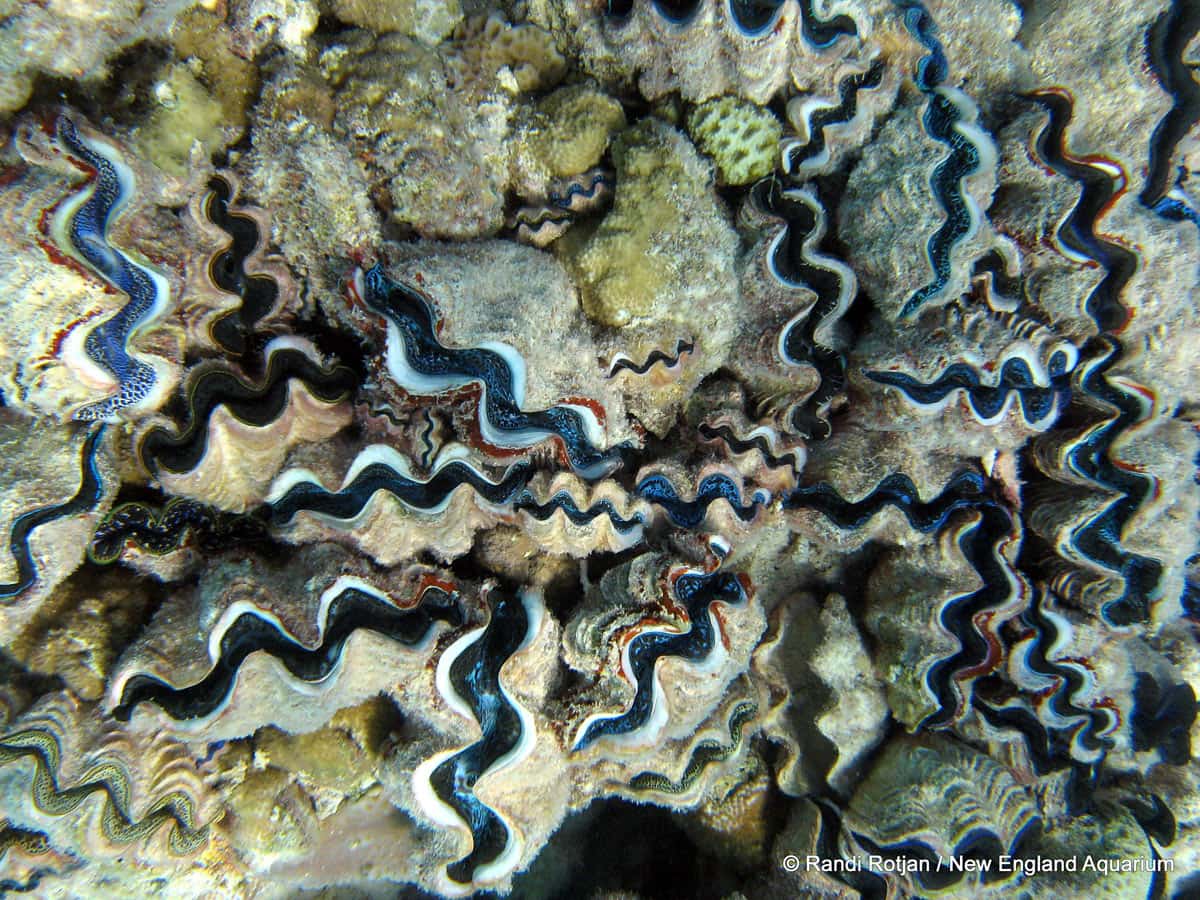
Archaeological wonders
Nan Madol
Federated States of Micronesia
Unique archaeological monument in this part of the world – ruins of a prehistoric city. Consists of nearly 100 artificial islets with massive stone walls, with the largest stones weighing up to 50 tons. The capital of the Saudeleur dynasty. The megalithic structures were built in the 12th – 13th century and inhabited until the early 14th century.
Latte Stone Park, Guam
Guam (United States)
Archaeological park, where eight latte stones are displayed, transferred here from other parts of Guam. Latte stones are prehistoric megalithic structures – large, erect stones with a rounded capstone on them. The rounded capstone has a flat top. It is speculated that latte stones formed the foundation of houses. There are some 270 sites with latte stones in Guam.
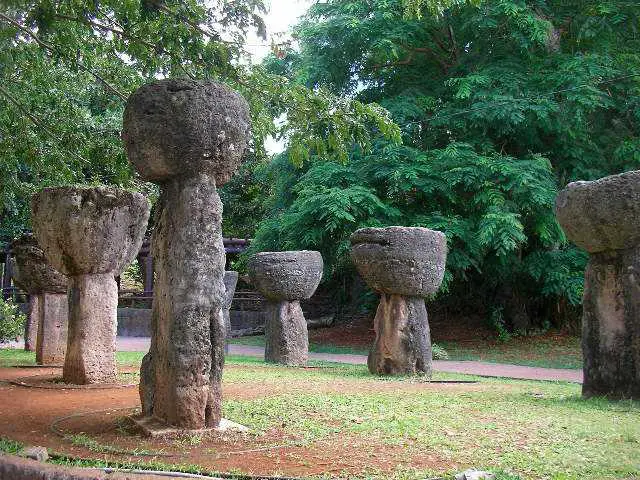
Ritidian burial caves and Starcave complex
Guam (United States)
Cave with amazing petroglyphs from sometimes around 1000 AD. Some authors consider that one of them depicts the constellation of Orion and other – stars.
House of Taga latte stones
Northern Mariana Islands (United States)
Currently the largest latte stones – megalithic construction (house foundation) of two stones, characteristic of the Marianas. The only standing latte stone here is 4.6 m tall and was a part of the house of the mythological chief Taga. Other latte stones have fallen.
Architecture and legendary wonders
Rai of Yap
Federated States of Micronesia
Limestone discs with a hole in the middle, and a diameter of up to 3 meters, used as money over the last 500 years. In 1929 there were registered 13,281 stone discs all over the island, now many have been looted and some thousands remain. The largest "coins" are on Rumung Island – one coin here has a diameter of 3.6 m.
Truk Lagoon (Chuuk Lagoon)
Federated States of Micronesia
One of the largest ship graveyards in the world. In 1944 here were bombed and sunk 60 Japanese ships and 275 airplanes.
Pingelap
Federated States of Micronesia
On this small island live 250 people with their own language and cultural traditions. Many people on this island have a rare disease – achromatopsia – they are color blind.
Quarry of Yap stone money in Airai
Palau
A huge piece of the unique Yap stone money, unfinished pieces of stone money nearby as well as the metal toys for production.
Bikini Lagoon
Marshall Islands
Unusual, eerie place. This lagoon was used as a ship graveyard after World War II and then – as a test location for many tests of nuclear bombs. Now the many sunken ships in the lagoon are radioactive but the undisturbed lagoon is full of life and very interesting for divers.
Treasure of Roberton
Northern Mariana Islands (United States)
Legends tell that at the beginning of the 19th century, a pirate named Roberton hid a treasure of gold on this island. Although much sought, it reportedly has not been found.
 Recommended books
Recommended books
Micronesia in Depth: A Peace Corps Publication
The name Micronesia is derived from the Greek words mikros, “small,” and neso, “island.” Until recently, the many distinct languages of the Micronesian islands existed only in oral form. Thus, much of the early history of these islands had to be derived from archaeological artifacts. It is thought that more than 3,000 years ago, Austronesian-speaking Micronesian people entered the Pacific from Southeast Asia. These seafaring people probably first settled in the Marianas (Guam and Saipan) and then the Western Carolines, including Palau and Yap. Later, migrations from the southern Melanesian islands brought settlers to Kosrae, Chuuk, and Pohnpei. The “outer islands” of Micronesia were likely settled later, as their languages are dissimilar to those of the main islands.
Micronesia and Palau (Other Places Travel Guide)
Micronesia and Palau have long been known to diving enthusiasts for some of the most intriguing and spectacular dive spots on earth. Yet as the reputation of these islands spread, more travelers are looking to escape the modern Western world and become transported to a calmer, slower pace of life. The writers of this guide all lived, worked, and played on the islands which they write about.

